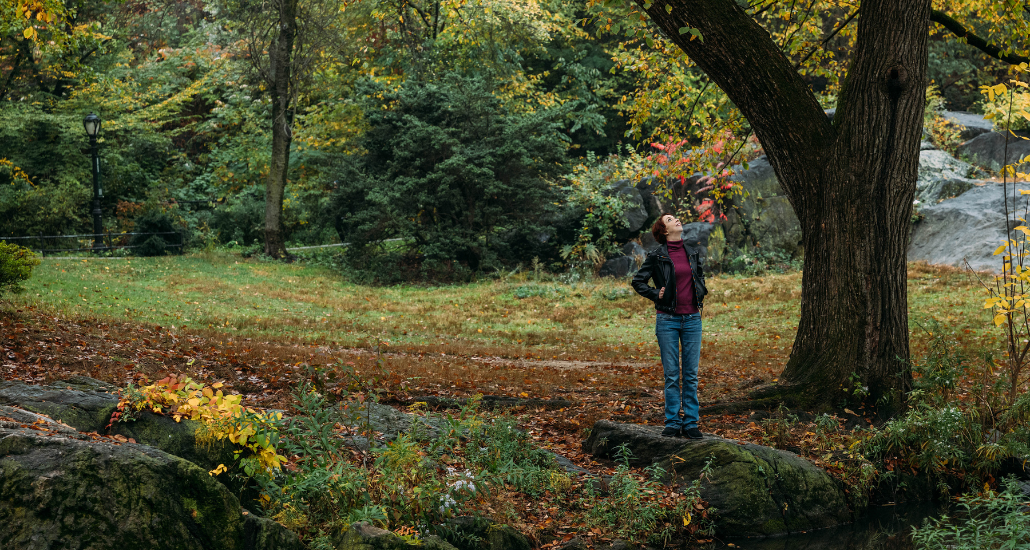You’ve seen it on TV a hundred times.
The great detective (or doctor or scientist or whatever) has been working the case night and day, with no success.
They’re so tired they finally give up and have a hamburger. As they bite into it, the light dawns: Part of that blood splatter had to be simple ketchup! The fry cook did it!
Or whatever.
This sequence—investigation, bafflement, letting go, and sudden insight—is called the “Eureka effect” (the word “eureka” means “I’ve got it!” in Greek).
You may have felt it yourself when you were trying to figure out a difficult issue, like why your car was making that sound or how to give your cat a pill.
You know it helped you solve the problem at hand. What you may not realize is that it also alleviated some of your anxiety.
Get Creative, Not Anxious
The Eureka effect lies at the heart of all creativity. It happens when we’ve been puzzling things out with our logical (and also anxious) left hemispheres, and then we let go.
Without our conscious effort, our right hemispheres continue to work the problem. When we get the right answer, BAM! The solution pops into our minds fully formed. Problem solved. Eureka!
Scientists have found that people who puzzle over things have longer-lived, healthier brains.
They also spend less time being anxious, because the curiosity and connection that create the Eureka effect rely on parts of the brain that don’t feel anxious.
In short, creative problem solving is a powerful antidote to anxiety.
Relaxing Into the Impasse
Learning about the Eureka effect not only helped me let go of anxiety by problem-solving, it made me more cheerful about the moments when I still feel worried and stumped.
I was delighted to realize that in order to have these creative flashes, we actually need to reach an impasse.
The impasse actually helps trigger the Eureka effect.
Try this: The next time you confront a puzzling problem, don’t get obsessed with finding the solution. Instead, focus on the process of creativity. Learn all you can. Figure things out. Then, if you feel stumped, celebrate!
You’ve reached the verge where creative breakthroughs happen.
At this point, rev up your right hemisphere by doing something physical, like taking a walk, or something artistic, like dancing along to your favorite songs or knitting a tea cozy. Trust the right side of your brain to keep working on the problem.
Living Creatively
At worst, this will cause you to feel pleasantly diverted. At best, you’ll solve your problems with bursts of insight worthy of a TV detective. And in any case, you’ll be taking an approach that steers your brain away from anxiety and into creativity.
Right now, anxiety is more common, and more intense, than ever before. But if we learn to trigger our creativity, we can turn anxiety into fuel for figuring out thorny issues.
That’s a lot of fuel.
That’s a lot of creativity.
That’s a lot of problems solved.
Discover additional articles, videos, podcast episodes, and mini-books in Martha’s series on anxiety on The Beyond Anxiety Hub.
Join the mailing list to be notified when Martha releases a new article.










